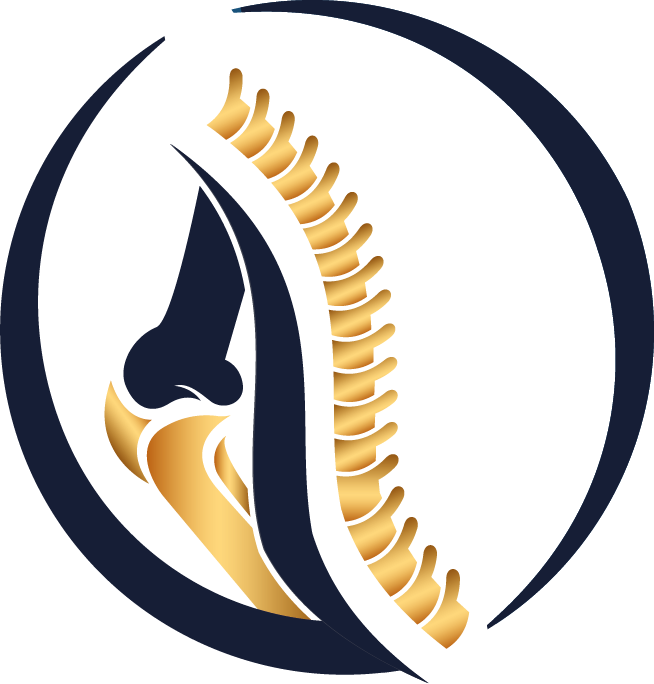Do Your Knees Hurt When Climbing Stairs? It Could Be Patellofemoral Chondromalacia
Do you feel pain in the front of your knee when climbing stairs or after standing up from a long sitting position? This is a common problem in daily life that is often ignored. In medical literature, this condition is called patellofemoral chondromalacia or patellofemoral pain syndrome. It occurs when the cartilage under the kneecap becomes softened or damaged.
Symptoms
- Pain in the front of the knee, especially when going up or down stairs
- Discomfort or sharp pain after sitting for a long time (“theater sign”)
- Pain that increases with running, squatting, or kneeling
- Grinding, clicking, or catching sensation in the kneecap
Causes
Patellofemoral chondromalacia is not caused by a single factor. According to the literature, the most common causes include:
- Patellar maltracking – misalignment of the kneecap
- Muscle imbalances – weakness or imbalance in the quadriceps muscles
- Trauma – falls, direct blows, or twisting injuries
- Overuse – repetitive running, jumping, or squatting movements
Diagnosis
During a physical examination, typical findings include anterior knee pain and difficulty climbing stairs. MRI can be used to evaluate the softening or damage of the cartilage and to grade the severity of the condition.
Treatment Options
The main goal of treatment is to relieve pain and prevent further cartilage damage:
- Rest and activity modification – avoiding painful activities such as stairs or deep squats
- Medications – anti-inflammatory drugs and local treatments
- Injections – PRP, hyaluronic acid, or stem cell-based therapies
- Physical therapy and exercises – (see details below)
- Surgical options – in advanced cases, arthroscopic procedures or cartilage surgery may be required
Physical Therapy and Exercises
One of the most important steps in treatment is strengthening the muscles around the knee and reducing stress on the patella. Regular and correct exercises help decrease pain, improve joint mobility, and protect the cartilage.
Recommended Exercises
- Quadriceps Strengthening: Place a rolled towel under your knee, press down to straighten your leg, hold for 10 seconds, then relax.
- Inner Thigh Activation: Place a rolled towel between your knees, squeeze for 10 seconds, then release.
- Lateral Push: While lying on your back, push your leg outward against a rolled towel.
- Straight Leg Raise: Lie on your back, lift your leg 15–30 cm straight, hold for 10 seconds, then lower.
- Heel Slide: Slide your heel toward your body while lying on your back, hold for 10 seconds.
- Side-Lying Leg Raise: Lie on your side, lift your affected leg upward, hold for 10 seconds.
- Hamstring Curl: Lie on your stomach, bend your knee slowly, and hold.
- Seated Knee Extension: Sit on a chair, pull your foot upward, and straighten your knee, hold for 10 seconds.
- Wall Squat: Stand with your back against the wall, bend your knees slowly, hold for 10 seconds, then rise back up.
Important Note: These exercises should be performed within the pain limit. Avoid sudden or forceful movements. Each patient is different; therefore, the program must be individualized under the supervision of a physical therapist or orthopedic specialist.
Conclusion
If you experience knee pain while climbing stairs, don’t dismiss it as “just fatigue.” With early diagnosis and proper treatment, patellofemoral chondromalacia can be managed effectively. If left untreated, cartilage damage can progress and significantly affect your quality of life.
📞 Contact us: +90 530 512 7822
💬 WhatsApp: Chat Now
 Türkçe
Türkçe
 Arabic
Arabic

